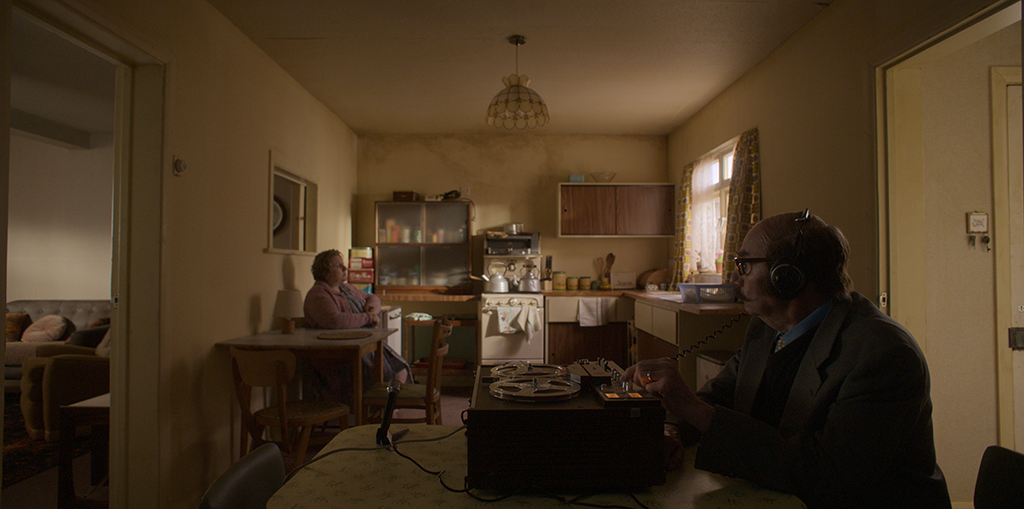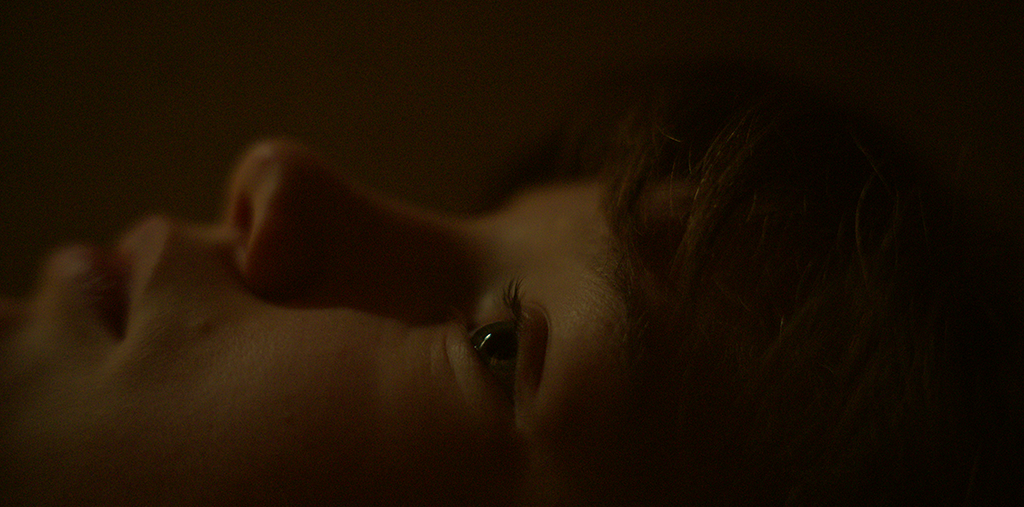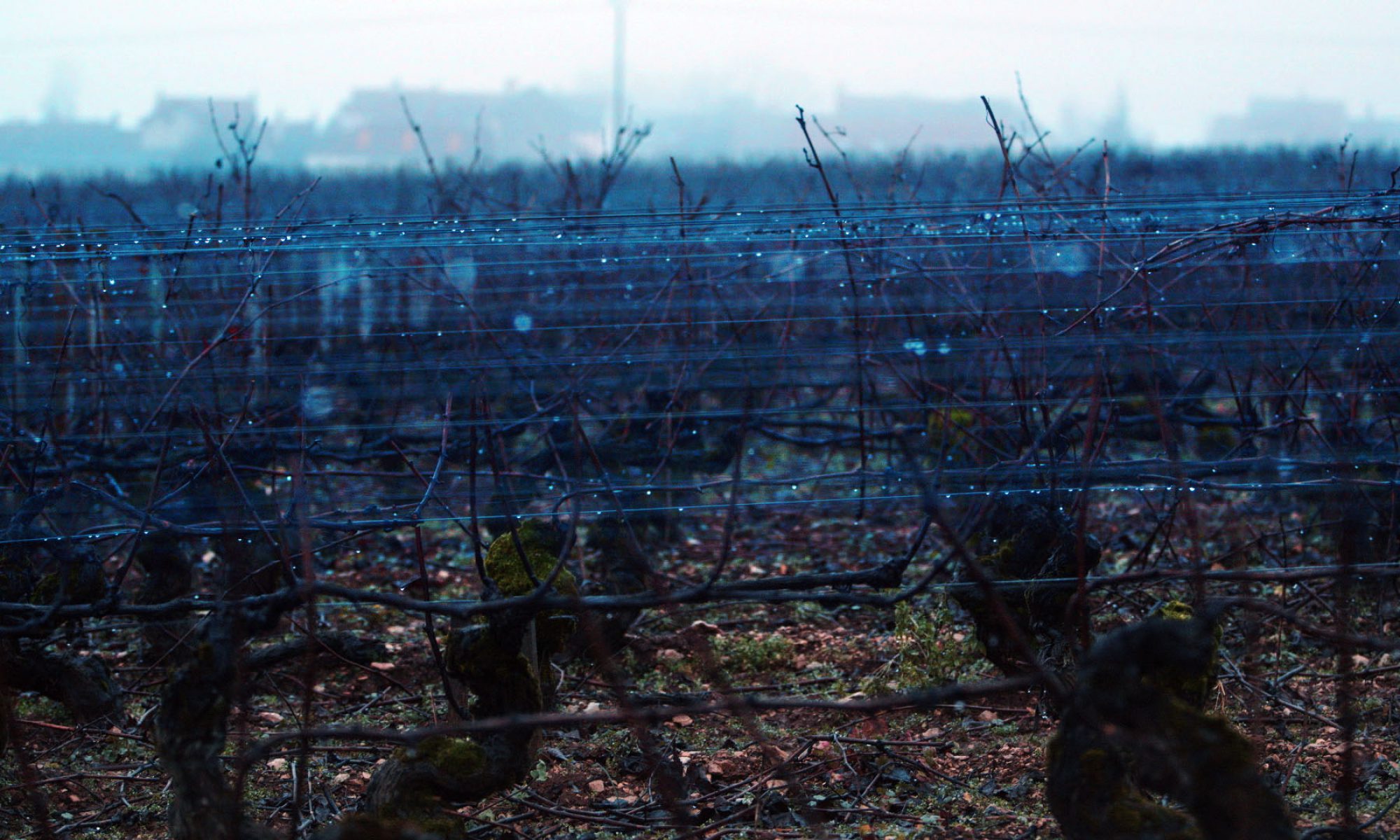I was fifteen when reports of a poltergeist hit the front page of Britain’s biggest selling newspaper, the Daily Mirror, unsettling a generation of teenagers. The Hodgson family in Enfield had seen furniture move across the floor unaided, heard knocks following them around the house, and some of these events had been witnessed by journalists, neighbours, physicists and even the police.

I think it was the ordinariness of the semi detached council house in a north London street that hooked us. This wasn’t a headless ghost in a castle or Victorian country house – it was proof that the uncanny could attach itself to any of us. I was receptive to these things – obsessed with and a little afraid of the tales in my copy of The Reader’s Digest book of Strange Stories and Amazing Facts. My mother had filled my childhood with the stories of her own haunted youth: one night she said she had woken to find that all the heavy furniture in her bedroom had been moved to surround her bed. I’d even trace my documentary leanings to her capacity for chilling stories like this – leaving me with a strong need to sift actuality from exaggeration, the subjective from the facts.
Fast forward nearly fifty years and producer Al Morrow and I realised that there were some 250 hours of tape recordings made in the house in Green Street in 1977 and 1978, by the man who led the investigation into the Enfield Poltergeist, Maurice Grosse. Maurice was a unique individual – he’d been evacuated from Dunkirk as a young soldier, unable to go to university because of the war, then won enough money on the football pools to set himself up as an inventor (and buy a bright red e-type Jaguar). In 1977 he’d joined the Society for Psychical Research after personal experience had motivated him to investigate evidence for the paranormal. Enfield was his first case.
Maurice’s recordings at the house in Green Street are a combination of first hand testimony in interviews conducted almost immediately after an apparently paranormal happening, and actuality recordings where he would leave the recorder running for hours in the hope of capturing evidence. So the tapes give both immediate witness statements and a detailed insight into life in a household under siege – both by inexplicable phenomena and by the hundreds of people who visited to find out more. They’re a rich store of sounds and stories about events that are still disputed.

– still from ‘The Enfield Poltergeist’
The tapes have their own uncanny atmosphere – the hiss of tape noise as the reel turns, the passing of cars in the rain on the busy road outside the house, the creaks of bare floorboards, the shuffling of bedclothes – and sometimes knocks, scrapes, bangs and screams. Sound is inherently ambiguous: noises are the traces of actions, of movement, but in themselves can’t definitively tell you a cause or a precise location. We are left to build our own images and mental models of the events to explain them. As such, the tapes felt a perfect medium through which to explore the realm we call ‘The Unknown’.
The formal premise of the series came fairly early. What if we created a replica of the house and filled it with these documentary sounds, then worked with actors to lip-sync the original audio? And so we embarked on what became a highly technical process, requiring detailed planning and audio pre-edits – the opposite of the looser more improvisatory documentary process I am used to.

Paranormal events in the series are largely told through suggestion, in testimony and off camera. We avoided the more familiar tropes of horror – jump scares or apparitions – to try and find the uncanny that is embedded in ordinary life, the sense that something lurks just beyond our perception, where we can’t wholly see or explain it. I was interested as much in the stories people tell about their experiences as about trying to visualise the phenomena themselves. Rather than trying to persuade an audience with a definitive explanation or conduct a modern day investigation, which I think isn’t possible at 45 years distance, we wanted to evoke the experiences of those in the house, with multiple contemporary explanations for a viewer to navigate.
For me ‘The Enfield Poltergeist’ is a story about a group of people faced with a set of experiences they don’t understand and cannot explain – events that are in some way linked to the traumas in their lives. It’s about how we come to believe in something – especially something at the limits of our perception, existing as much in the world of mind as of matter.
‘The Enfield Poltergeist is on AppleTV+ from October 27th 2023

